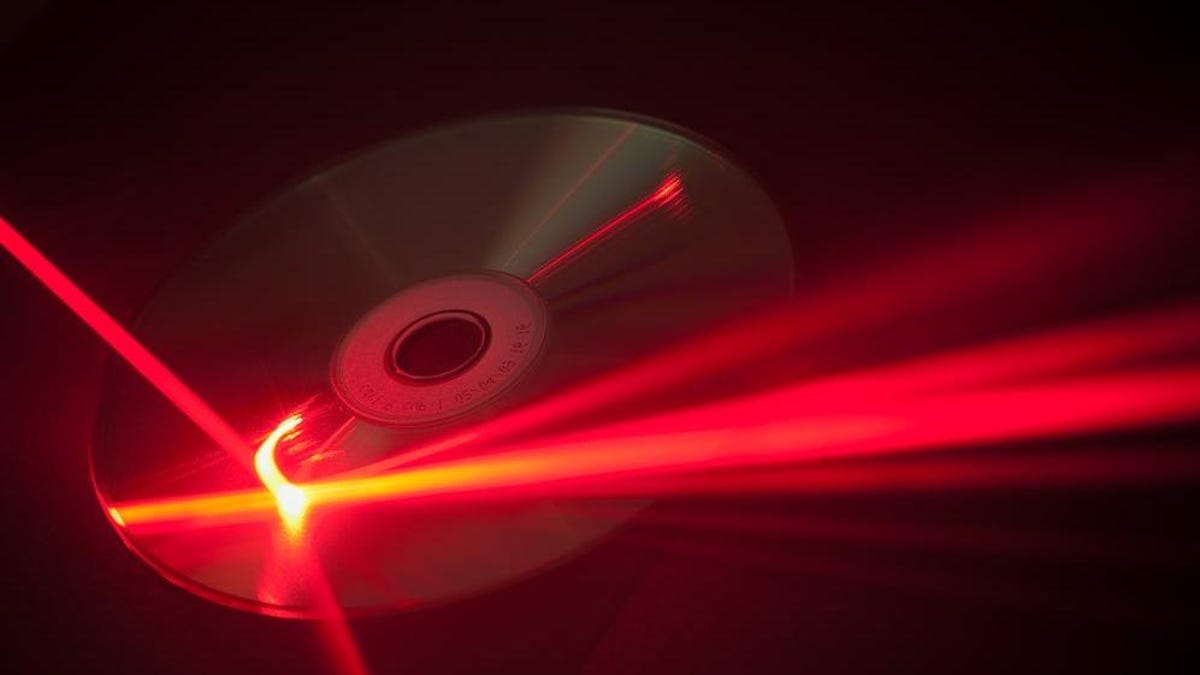Note: Unfortunately the research paper linked in the article is a dead/broken/wrong link. Perhaps the author will update it later.
From the limited coverage, it doesn’t sound like there’s an actual optical drive that utilizes this yet and that it’s just theoretical based on the properties of the material the researchers developed.
I’m not holding my breath, but I would absolutely love to be able to back up my storage system to a single optical disc (even if tens of TBs go unused).
If they could make a R/W version of that, holy crap.



The original comment in this thread was about how the article lists the capacity of this experimental disk in bits, and posited that bytes are the usual unit to use.
The next comment was about how networks are measured in bits.
So my replies since then have been about two points, first that bits are still inappropriate to use here even if networks use them, and second that networks use bits per second, which is a different unit than bits.
It’s more like saying speed is measured in kilometers per hour rather than kilometers (point 2) while also saying that the country we’re talking about measures distance in miles usually (point 1).